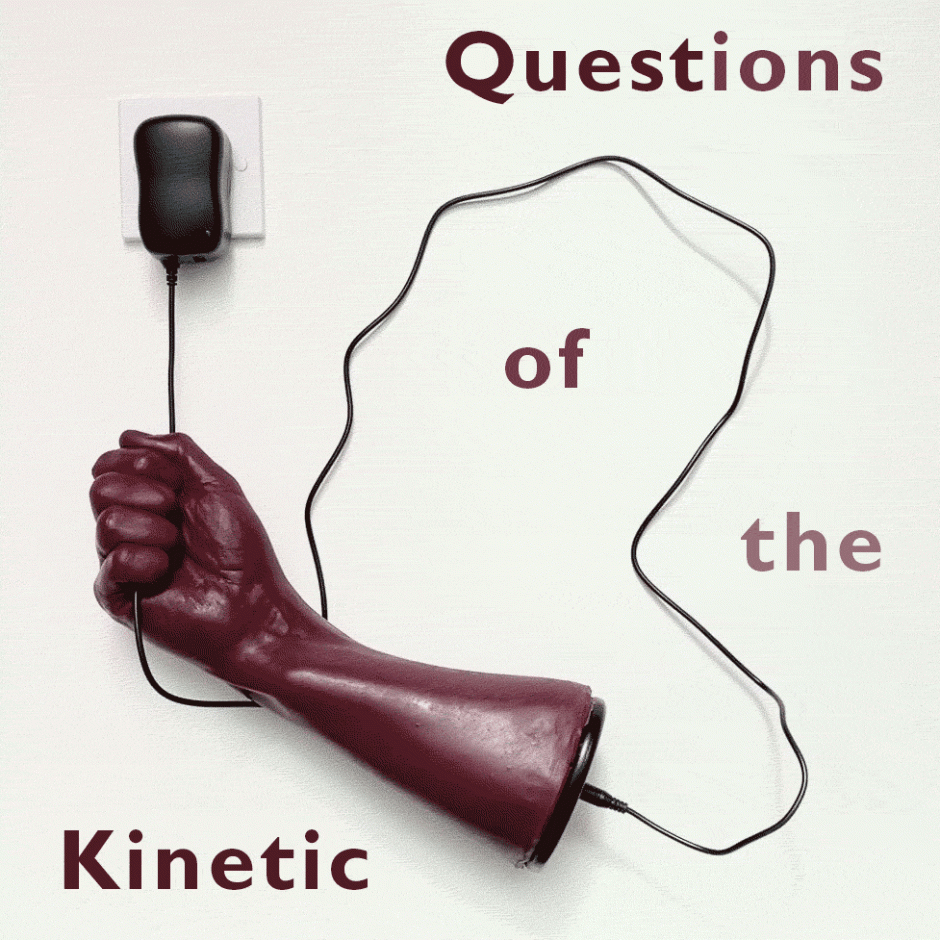Bridging between Conceptual and Making parts of a lesson – existing between technical and academic roles.
Context:
I run a range of workshops on the BA Fine Art course at Chelsea as an HPL.
These range from Performing/Kinetic Sculpture, to Interactive Art, Zine making and Concrete Poetry. In these sessions, I try to combine conceptual ideas with Object based learning and making processes so that students can get as holistic an experience as possible.
Evaluation:
However I sometimes try to cover too much for students as I try to combine multiple technical and academic aspects of an idea within a short session. This stems from my own experience of education (see blog 2 & 3), the limited time that I get for a session and the precarity of my current position on the periphery of both academic and technical roles.
I will look at and evaluate the workshops I have run over the last few years and the feedback I have received as a starting point to explore ways of combining new Pedagogies into my practice.
Moving forward:
Pacing and presence
I recently did some work on the Foundation course at Kingston running one of my workshops for their students and I was blown away by Shenece, the standing head of the Fine Art Pathway’s presence and ability to both include and command a group of 40 students: Where as I normally have the manic energy of a rhinoceros tranquilised accidentally with amphetamines; she had the composure of a crane and the presence Paveroti – nothing felt rushed and everything felt in control and on purpose, for me and the students. It was an entirely novel experience and upon reading ‘The Slow Professor: Challenging the Culture of Speed in the Academy’ Berg, M. and Seeber, B.K. (2016),
The assertion that: ‘We need time to think, and so do our students. Time for reflection and open-ended inquiry is not a luxury but is crucial to what we do’ has never felt truer, if harder to achieve with student numbers doubling and resources dwindling.
Nevertheless, the creation of a calm and thoughtful atmosphere is something that I will try to implement throughout my sessions as I have
Tactile images to break up a presentation
One thing that I picked up from the first PgCert workshop was the use of postcards as a tactile introduction to an idea. One of the things I am least comfortable doing is presenting contextual ideas in front of a screen and I realised that if I print out the slides from a presentation, I can hand them out to students and then either discuss them as a group with each student talking about one slide each. Or if the atmosphere is lethargic, rather than talking directly at the beginning of a session, I will wait to go though slides whilst they are working on their own individual ideas and then discuss particular ideas in relation to a given student’s thoughts with the group. Thus both recontextualising the image as an artifact, Roberts, L., and Cantwell, R. (2019) and facilitating dynamic conversation between students Blythman, M., Orr, S. and Blair, B. (2007).
Variation in student working methodologies:
On every important suggestion I had was from my Peer Observation with Katriona Beales was to use ‘variations in the way people share e.g. sharing in pairs their initial ideas and then reporting back to the wider group. This could help with the pacing the discursive aspects of the workshop’ Beales, K. (2025)
I now realise that this is applying Lev Vygotsky’s ideas on social development Van der Veer, R. and Valsiner, J (1994) and that it would directly assist in slowing the pace of a session and assisting in the development of understanding of ideas in relation to making.
Conclusion:
- Be confident to be slow
- Learn how to create balanced groups to facilitate flow and improved learning Blythman, M., Orr, S. and Blair, B. (2007)
- Learn how to create better situations for individual, pair and group discussion
- Have more peer to peer feedback or co-working sessions
References
Beales, K. (2025) ROT observation of me..
Berg, M. and Seeber, B.K. (2016) The Slow Professor: Challenging the Culture of Speed in the Academy. Toronto: University of Toronto Press.
Mason, R. (2019) ‘Object-Based Learning and History Teaching: The Role of Emotion and Empathy’, International Journal of Historical Learning, Teaching and Research, 18(1), pp. 45-61.
Roberts, L., and Cantwell, R. (2019) ‘Object-Based Learning in the Social Sciences: Three Approaches to Teaching with Objects’, Teaching Anthropology, 9(1).
Van der Veer, R. and Valsiner, J. (eds.), 1994. The Vygotsky Reader. Oxford: Blackwell Publishing.
